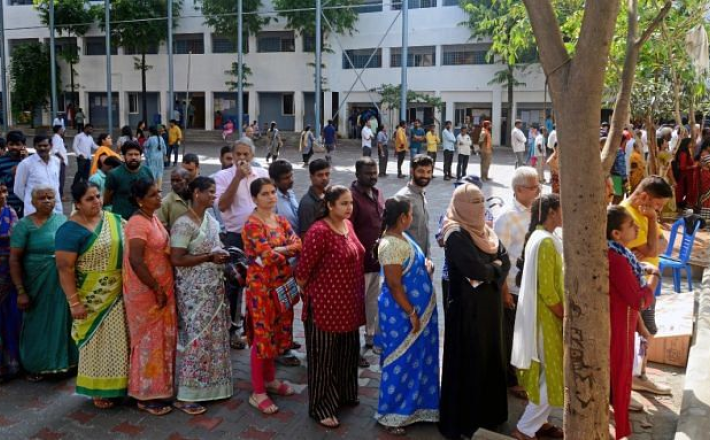India: Karnataka sees spike of nearly 50% in number of women candidates, but chances of winning remain slim
Source: The Print India
New Delhi: For this year’s general election, Karnataka has seen a 48 percent jump in the number of women candidates fielded by all political parties, with the number increasing to 40 from the previous 27 in 2019. However, historical data shows this might not be a winning strategy, with voters overwhelmingly preferring males.
In a state which has conventionally achieved a good sex ratio — currently 997 females per 1,000 males — women still have it tough when it comes to politics.
In the second phase held on 26 April, 14 of the state’s 28 seats went to polls. The remaining 14 are slated for voting in the third phase on 7 May.
ThePrint’s analysis of historical data for 33 years across Parliamentary as well as assembly elections sourced from the Election Commission of India (ECI) and Ashoka University’s Lok Dhaba shows that though the state has seen an increased number of female candidates through these years, these nominations have hardly converted into wins.
Click here to read the full article published by The Print India on 06 May 2024.
Image by The Print India
.

New Delhi: For this year’s general election, Karnataka has seen a 48 percent jump in the number of women candidates fielded by all political parties, with the number increasing to 40 from the previous 27 in 2019. However, historical data shows this might not be a winning strategy, with voters overwhelmingly preferring males.
In a state which has conventionally achieved a good sex ratio — currently 997 females per 1,000 males — women still have it tough when it comes to politics.
In the second phase held on 26 April, 14 of the state’s 28 seats went to polls. The remaining 14 are slated for voting in the third phase on 7 May.
ThePrint’s analysis of historical data for 33 years across Parliamentary as well as assembly elections sourced from the Election Commission of India (ECI) and Ashoka University’s Lok Dhaba shows that though the state has seen an increased number of female candidates through these years, these nominations have hardly converted into wins.
Click here to read the full article published by The Print India on 06 May 2024.
Image by The Print India
.